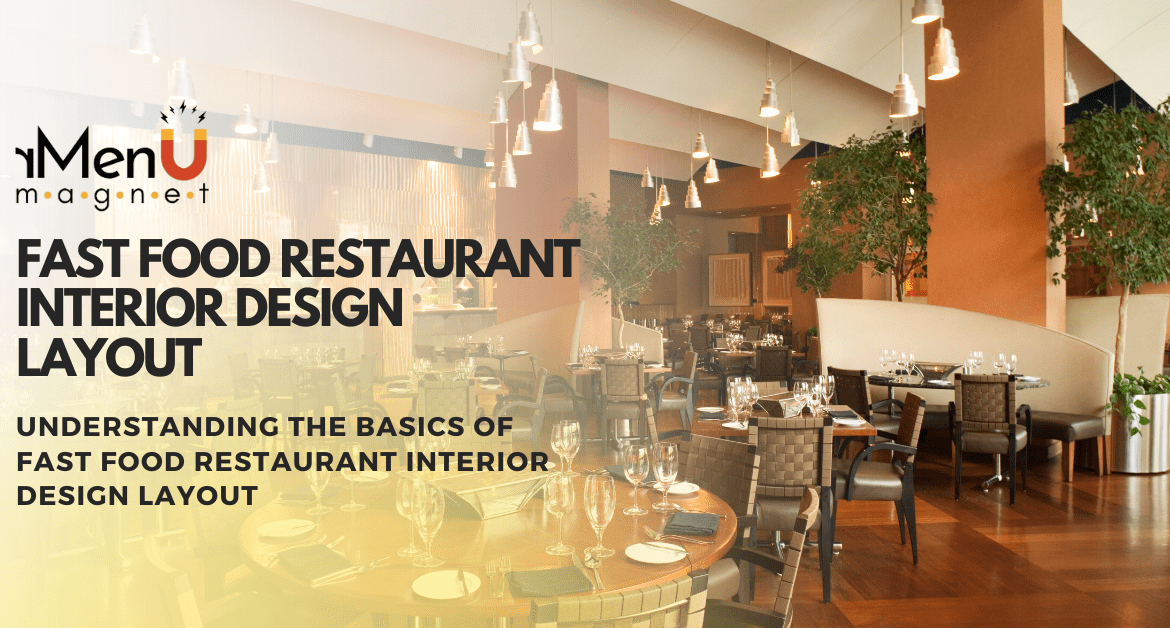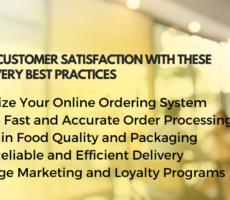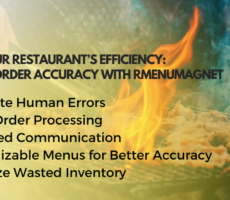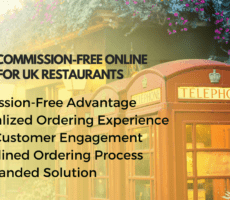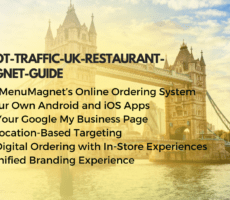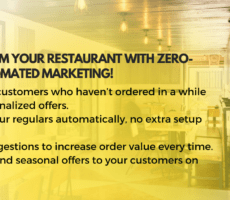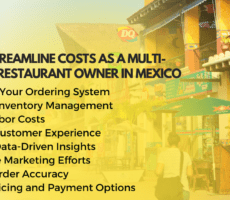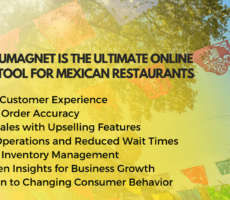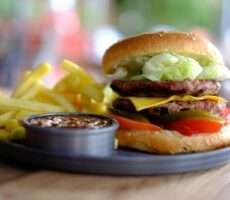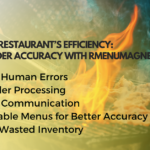Table Of Contents
The fast food industry has evolved significantly, and so has the importance of an effective fast food restaurant interior design layout. In today’s competitive market, a well-thought-out interior design layout can make a substantial difference in attracting and retaining customers. This blog will explore key aspects of fast food restaurant interior design layout, focusing on trends and successful examples from the United States, Canada, and the United Kingdom.
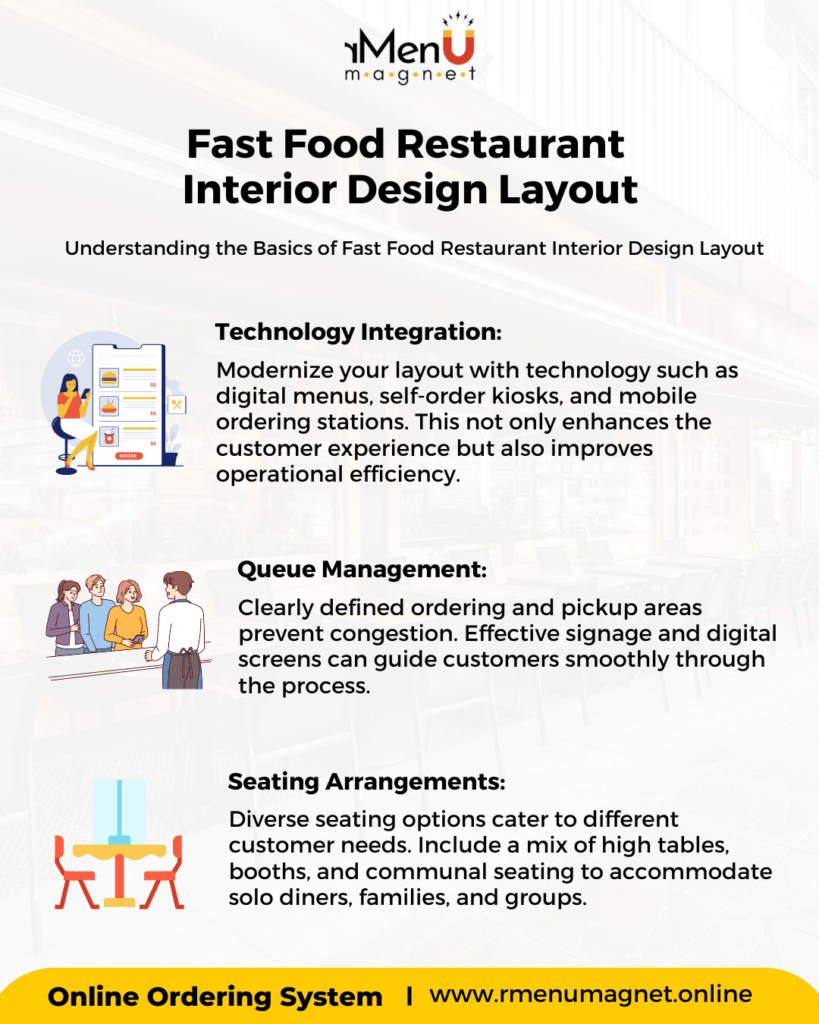
Understanding the Basics of Fast Food Restaurant Interior Design Layout
A fast food restaurant interior design layout should prioritize functionality, aesthetics, and customer experience. Here are the essential elements to consider:
Efficient Space Utilization: Proper space management is crucial. Ensure there’s enough room for customers to move comfortably without feeling cramped. The layout should facilitate a smooth flow from entry to ordering, dining, and exiting.
Ambiance and Comfort: The atmosphere should be inviting. Utilize lighting, color schemes, and seating arrangements to create a comfortable and enjoyable dining experience.
Brand Consistency: Your interior design should reflect your brand’s identity. Consistent use of brand colors, logos, and themes across the fast food restaurant interior design layout helps reinforce brand recognition and loyalty.
Global Trends in Fast Food Restaurant Interior Design Layout
Different countries have adopted unique approaches to fast food restaurant interior design layout, catering to their specific markets. Let’s look at some trends in the United States, Canada, and the United Kingdom.
United States
In the United States, fast food chains like McDonald’s and Burger King have revamped their fast food restaurant interior design layouts to appeal to a modern audience. The trend is towards more open, airy spaces with natural lighting and contemporary furniture. Drive-thru efficiency is also a key focus, with innovative designs to streamline customer service.
Canada
Canadian fast food restaurants, such as Tim Hortons and A&W, emphasize a cozy and community-oriented fast food restaurant interior design layout. Warm colors, comfortable seating, and community boards are common. The integration of technology, like self-service kiosks, has also become popular, enhancing the overall dining experience.
United Kingdom
In the United Kingdom, chains like Pret a Manger and Greggs have adopted minimalist and eco-friendly fast food restaurant interior design layouts. Sustainable materials, green plants, and ample natural light are used to create a relaxing environment. The focus is on creating a space that is both aesthetically pleasing and environmentally conscious.
Key Components of a Successful Fast Food Restaurant Interior Design Layout
Seating Arrangements: Diverse seating options cater to different customer needs. Include a mix of high tables, booths, and communal seating to accommodate solo diners, families, and groups.
Queue Management: Clearly defined ordering and pickup areas prevent congestion. Effective signage and digital screens can guide customers smoothly through the process.
Accessibility: Ensure your fast food restaurant interior design layout is accessible to all customers, including those with disabilities. This includes wider aisles, ramp access, and appropriate seating.
Technology Integration: Modernize your layout with technology such as digital menus, self-order kiosks, and mobile ordering stations. This not only enhances the customer experience but also improves operational efficiency.
Hygiene and Cleanliness: Post-pandemic, customers are more conscious of cleanliness. Design your layout to facilitate easy cleaning and ensure visible hygiene practices. To know more about our products, click SERVICES or for a free demo, CONTACT US.
A well-executed fast food restaurant interior design layout can significantly impact your business’s success. By considering functionality, ambiance, and brand consistency, you can create an environment that attracts and retains customers. Learning from global trends in the United States, Canada, and the United Kingdom can provide valuable insights into designing a space that meets modern consumer expectations. Prioritizing these elements in your fast food restaurant interior design layout will not only enhance the dining experience but also boost your brand’s reputation and profitability.
Incorporating these strategies into your fast food restaurant interior design layout ensures you stay ahead of the competition and provide an exceptional customer experience.

